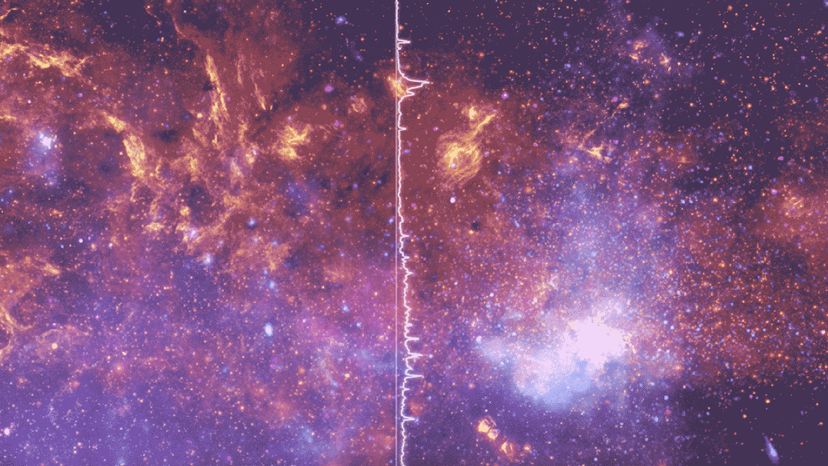
Swirling arms of galaxies stretching hundreds of light-years across. Delicate watercolor-like strokes of gas emissions and the pinprick dots of newly born stars. The faint light escaping from the dense and disastrous event horizon of a black hole. For many of us, the wonders of the universe are unlocked through beautiful pictures, released on a regular interval from NASA's various observatories and telescope missions. Photos — and all visual media — are an incredible way to learn about astronomy, but they aren't the only way to see — or rather hear — the universe.
Sonification is not a new technology; it dates back to 1908 with the invention of the Geiger counter. However it has lately seen a resurgence thanks to some incredible projects that have helped spark even more curiosity in NASA missions and the deepest reaches of space that they're peering out into.
Advertisement
